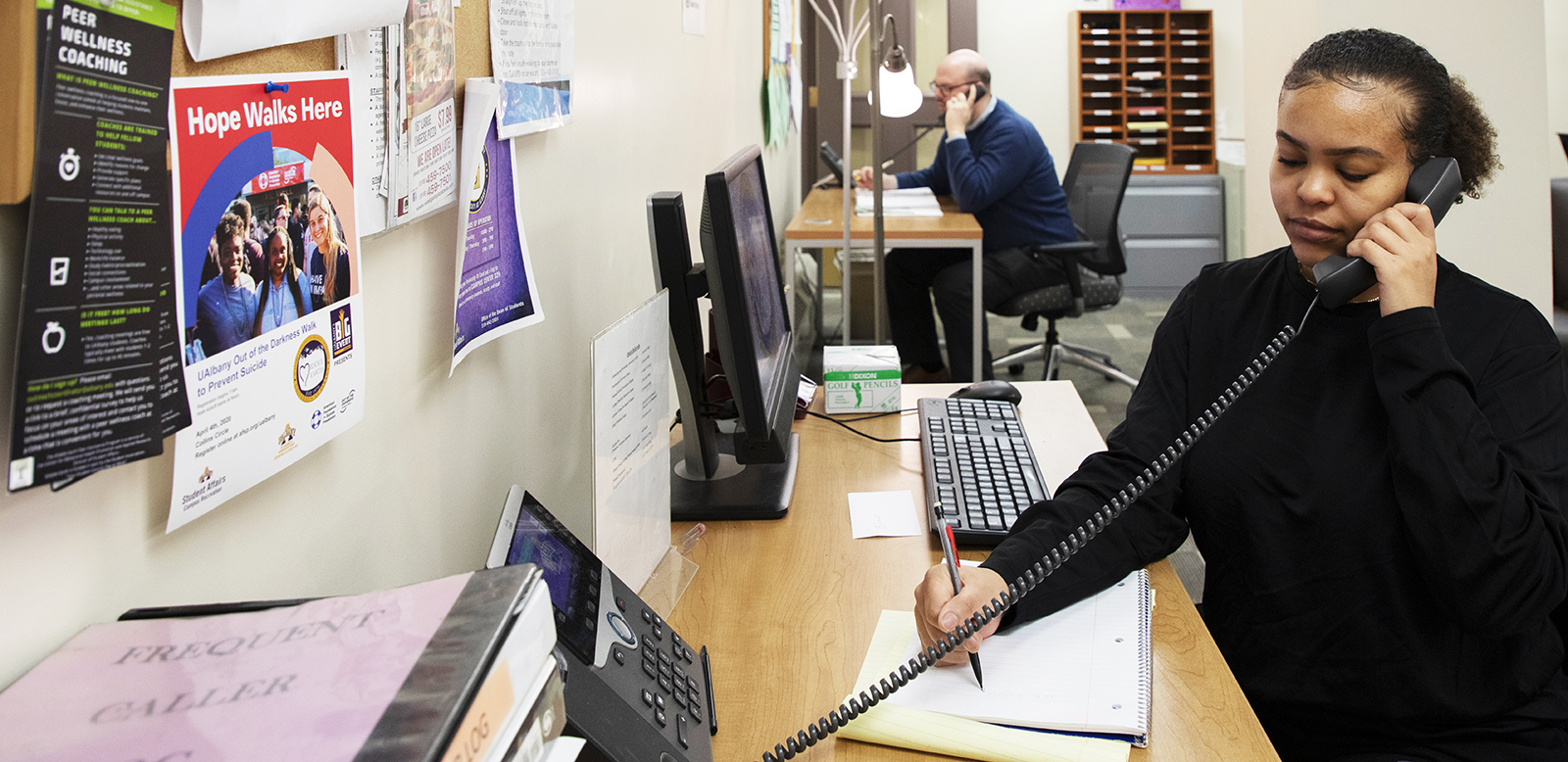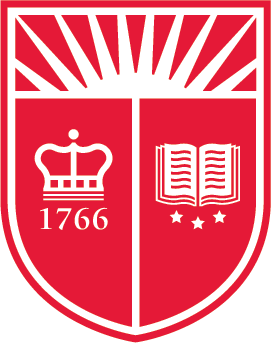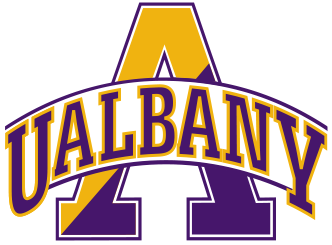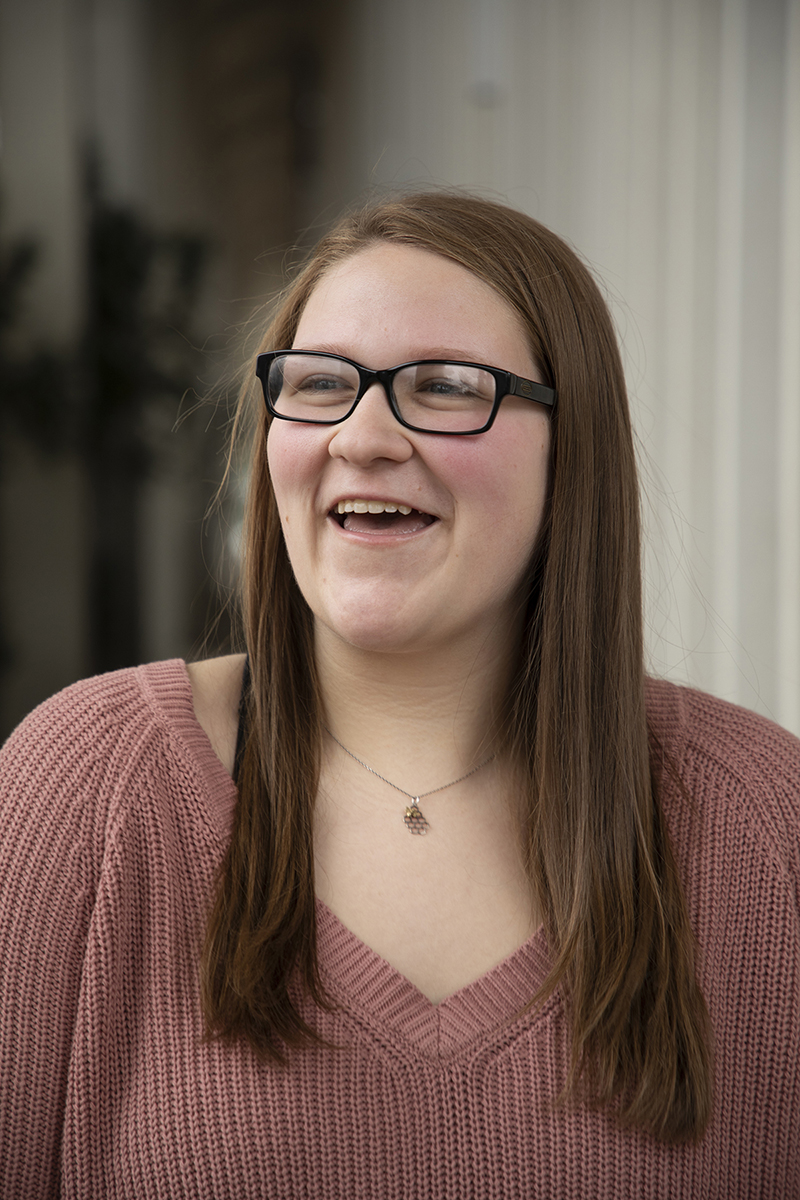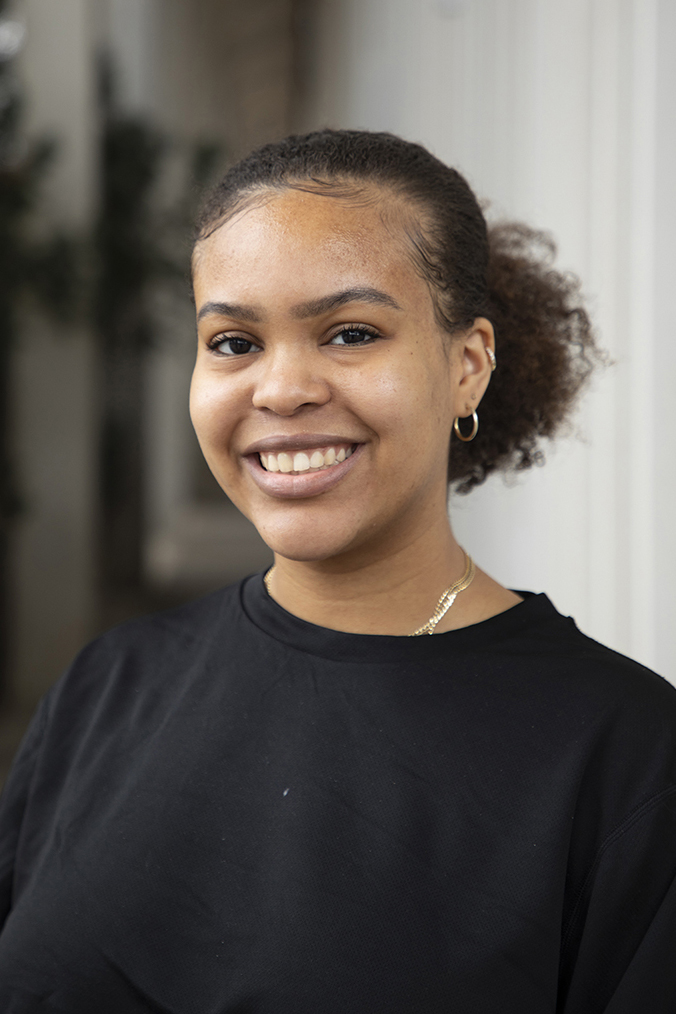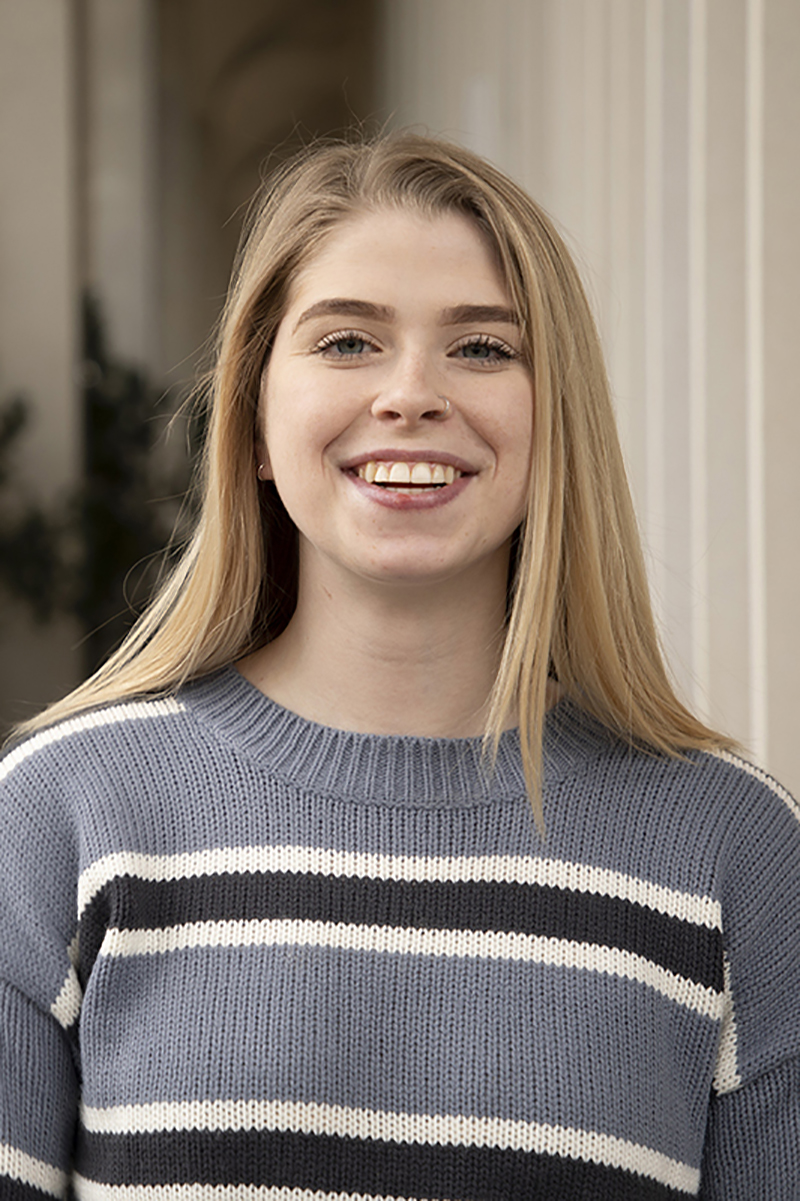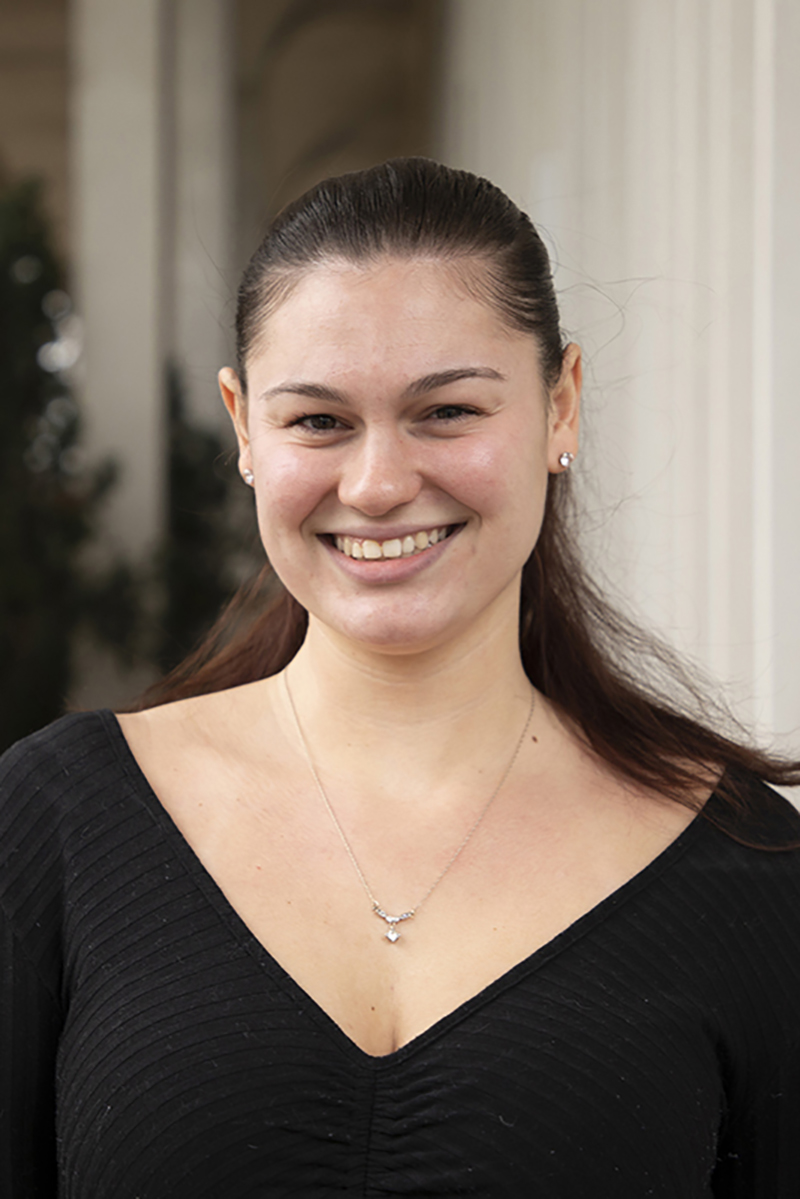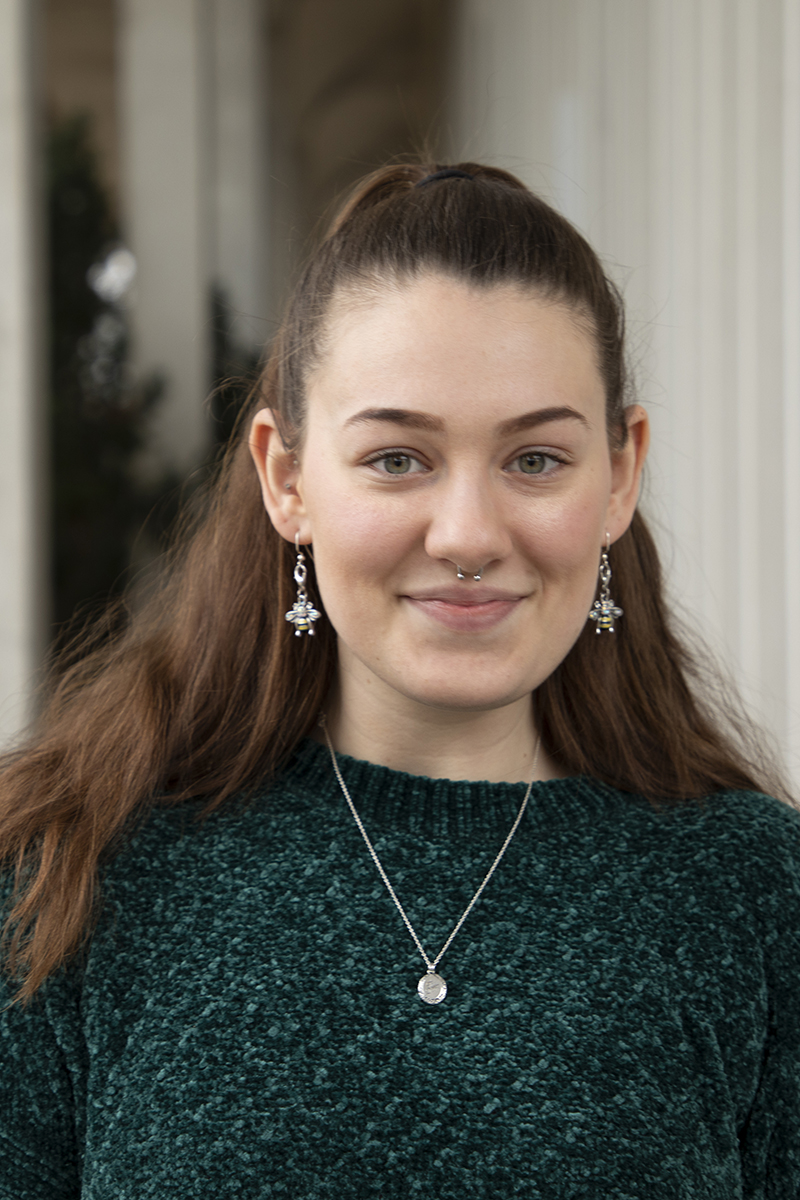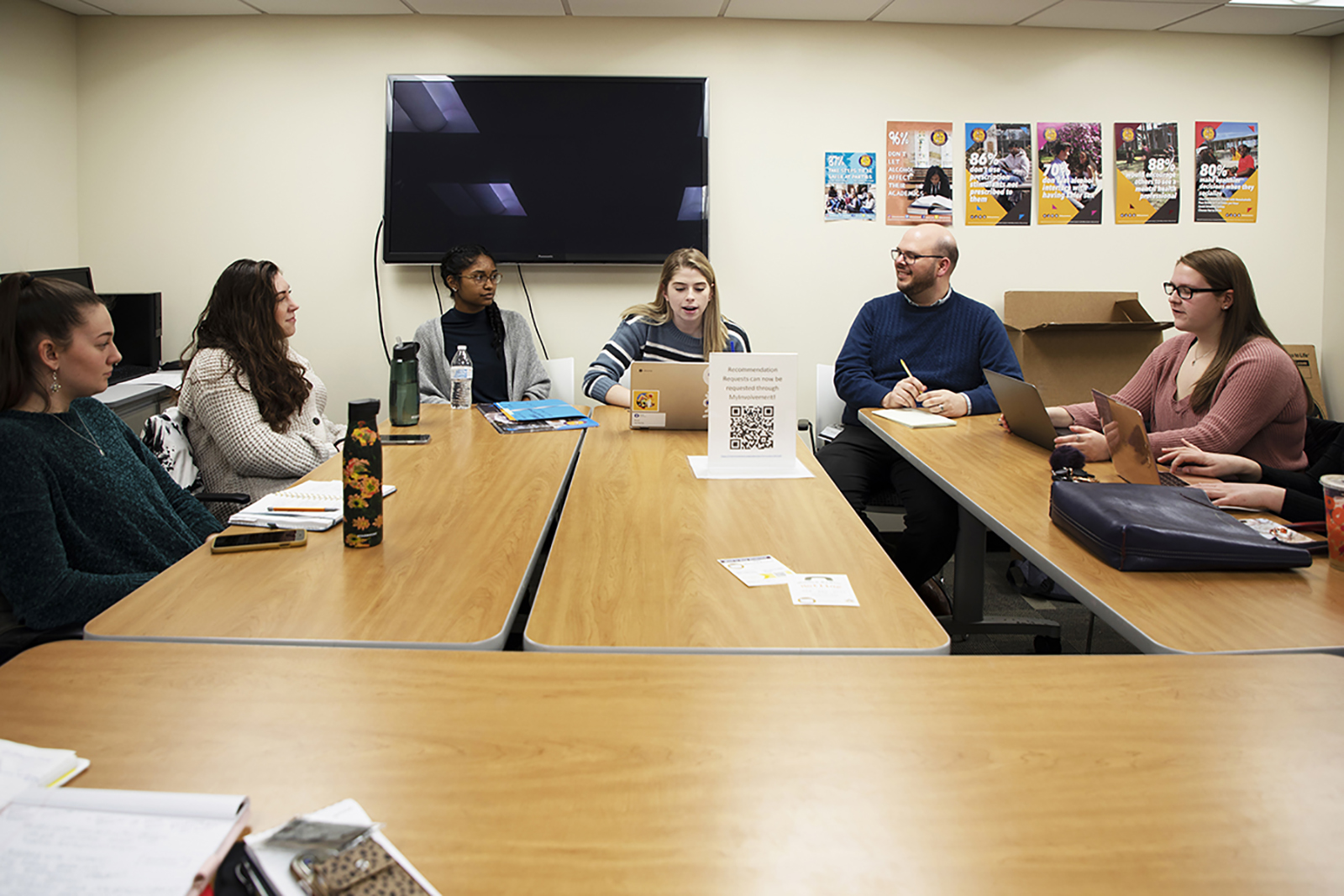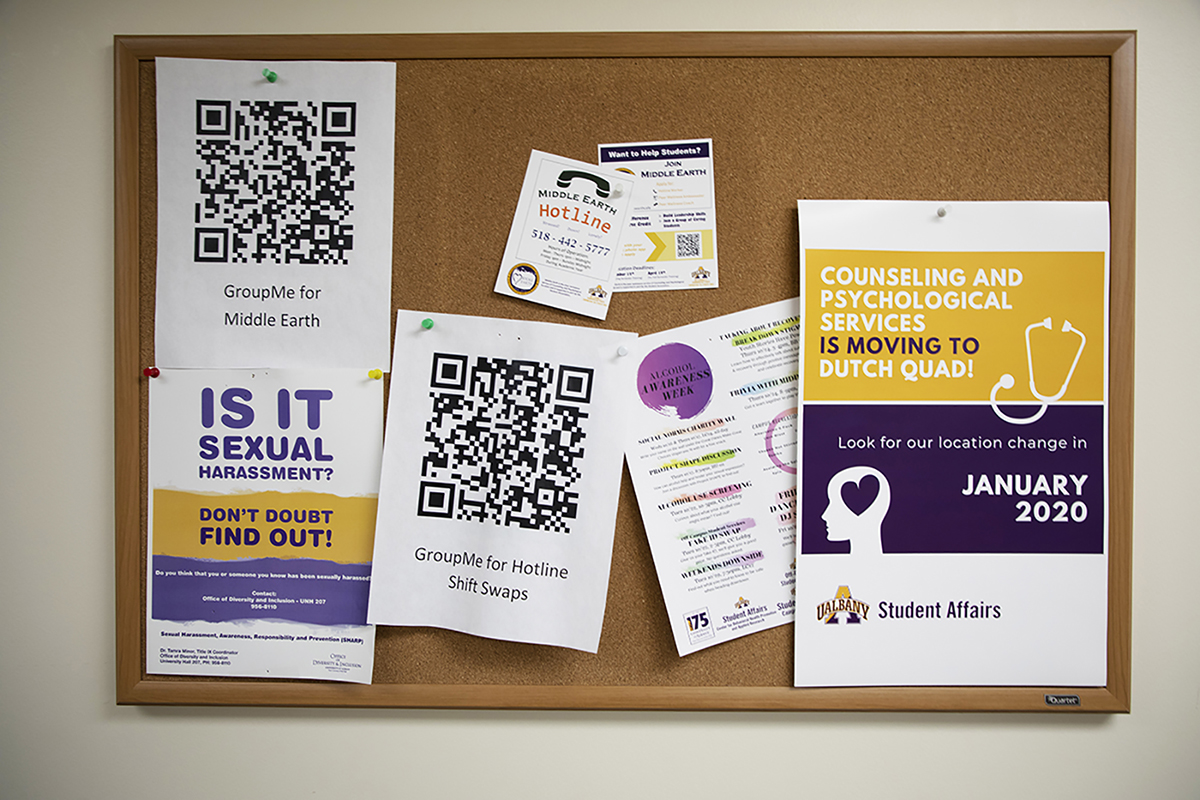On her 21st birthday, Jennifer Olmsted woke up in a hospital bed. The previous night, with her friends at the University of Miami, she celebrated her 21st birthday and newfound legal-drinking status with a big night out. She mixed alcohol with cocaine and Xanax, causing her heart to come dangerously close to stopping. “My parents were told that they had to come down immediately because the doctor wasn’t sure if I was going to live,” Olmsted says.
But her battle with substance use began long before her birthday trip to the hospital. She says thousands of seemingly trivial decisions led her to that point. A Chatham, N.J. native, Olmsted grew up a self-proclaimed nerd, dedicated to taking voice lessons and pleasing her parents — a “goody two-shoes.” She formed a negative perception of substances from a young age, watching her older brother abuse them and resenting the disruption it caused her parents. But like many, Olmsted struggled with self-esteem as a young girl, particularly in middle school. A tall, white, curly-haired brunette, Olmsted thinks her insecurities made her more susceptible to peer pressure. “I thought that doing drugs would make me more popular, more cool, that kind of cliché thing — and, honestly, it did,” she recalls.
“I thought that doing drugs would make me more popular, more cool, that kind of cliché thing — and, honestly, it did.”
Freshman year of high school, through what she calls a “classic, peer-pressure story,” Olmsted decided to smoke weed. Sophomore and junior year, she began experimenting with other drugs like molly, psychedelics, and cocaine. Eventually substance abuse served as the unifying force within her high-school social circle. Olmsted admits that her drug abuse hurt her GPA and even caused her to drop several honors courses. “I definitely left high school a different person than I entered,” she says. A few days after graduating, when a police officer pulled Olmsted over for rolling a stop sign, he mistook an empty bag of cocaine in her car for an empty bag of weed. She received six months of probation for a marijuana paraphernalia charge. “That was a first serious slap on the wrist,” Olmsted says. “Then I went to Miami, and things kind of escalated from there.”
An aspiring vocalist, Olmsted decided to attend the University of Miami for its contemporary voice program — but the school’s party-centric atmosphere played a role in that decision too. After moving in, she found a group of friends who used drugs regularly. Two months into her junior year, she overdosed. But that birthday hospital stay sent her life in a different direction. She dropped out of college and enrolled in a full-time treatment program at Cumberland Heights in Nashville. There, she watched a documentary called The Anonymous People that featured a segment on the Rutgers University collegiate recovery program. “I’ll never forget it,” she says. “I was sitting on the couch watching it. I said, ‘I’m going to go there. I’m going to do that.’” The thought of returning to college just 40 minutes north of her hometown in New Jersey, while integrating recovery seemed ideal. And she did it, graduating from Rutgers in December 2019 with an English degree and three years of sobriety.
A Hidden Population of Untreated Students
Olmsted is one of the 2,000 to 4,000 college students enrolled in a collegiate recovery program (CRP) for substance-use disorders every year, according to research by Austin Brown, a Syracuse University doctoral student in social sciences and the person behind the creation of SU’s budding recovery program. According to the Association of Recovery in Higher Education (ARHE), a CRP is a college or university-provided, supportive environment within the campus culture that reinforces the decision to engage in a lifestyle of recovery from substance use. Like Olmstead, Brown is a person in recovery. With a bachelor’s degree in psychology and addiction studies, he graduated in 2014 from Texas Tech University, one of the first American universities to embrace a recovery program. He then went on to earn his masters in social work at the University of Vermont. Before attending Texas Tech and joining its recovery program, he had flunked out of six institutions. “I had a 1.7 GPA, I hadn’t been in school for 10 years, I had a year of recovery, and this program at Texas Tech was willing to give me a scholarship,” Brown says. He earned a 4.0 his first semester and, by his last year, he had earned a complete academic scholarship. That experience led Brown to focus his research on students in recovery, models for CRPs, and their effectiveness. Around one in four college students will meet criteria of having a substance use disorder (SUD), or experience serious health consequences related to alcohol consumption, according to Brown’s research.
How Alcohol Undermines Your Mental Health
But only about 10% of students who meet the criteria for SUD pursue recovery, Brown says. He also points out this number doesn’t encapsulate the total amount of students struggling with substance use in college. This is due to the normalization of substance abuse on college campuses. Additionally, measures of abuse are hard to generalize, as alcohol and drugs affect every individual differently.
“Changing an addictive behavior is super hard because your brain’s reward system has been hijacked by the substance,” says Denise Hein, director of the Center of Alcohol and Substance Use Studies at Rutgers. “Your brain has been altered so that you have physiological symptoms that make it harder for you to make that decision to change the behavior.” Changing these behaviors is even more challenging in a college environment, where substance use and alcohol consumption are inevitable parts of socialization. This is part of what makes collegiate recovery culture unique. “All the things that other students believe that college is about have no bearing on what you and your friends are doing — the activities that you engage in like sober tailgating, fitness, movies, and hanging out together,” Brown says. “You have this community that shares something that’s totally different than what they share with everybody else.”
“You have this community that shares something that’s totally different than what they share with everybody else.”
CRPs increase at around 25 new programs per year, according to Brown’s studies. Tim Rabolt, the executive director of ARHE, attests to this. “In February of 2012, there were 14 member schools and now there’s 140. It literally grew 10 times in eight years on the membership side,” Rabolt says. Brown attributes this surge to the hidden population of untreated students fighting for resources that address the varying degrees of SUDs and addiction on college campuses. But recovery programs can serve a multitude of purposes, as substance use disorders are often associated with mental-health disorders. “Collegiate recovery programs provide a model for how to support not only people that are in recovery, but also people who are pursuing recovery for their mental health,” says Thomas Kimball, the director for the Center of Collegiate Recovery Communities at Texas Tech, Brown’s alma mater. Kimball argues that the peer-based structure of CRPs is what makes them successful in treating both SUDs and mental-health issues. “There are not enough clinicians in the world to see everybody that’s suffering from anxiety or depression or from their substance use disorders,” Kimball says. “But there are enough peers, and peers can be powerful. Particularly when they’re trained, they can be powerful in making a huge difference to people in recovery.” The most progress happens when students in recovery lean on one another and vocalize the support they need from their universities.
That’s how the recovery program at Rutgers University began. “There were four students who were actually pretty vocal,” says Lisa Laitman, director of the program and founder of the university’s Recovery House. “They went to some administrators and they talked about their recovery. They said that they really needed support on campus.” With the help of passionate staff and university endowments, the university created its recovery program and sober-living dorm. But it took years for the program to flourish into what it is today. When Laitman started at Rutgers in 1983, she was the only alcohol counselor on staff for all three of the Rutgers campuses, which served 50,000 students. Now, Laitman runs one of the nation’s longest-running collegiate-recovery programs. The secret to its success, she claims, is the students. “That’s what a lot of self-help is about, people who are in recovery helping people who are new in recovery,” she says. “Sometimes it remains more of a mentor relationship or a helper relationship, but more often, it becomes more of a friendship.”

